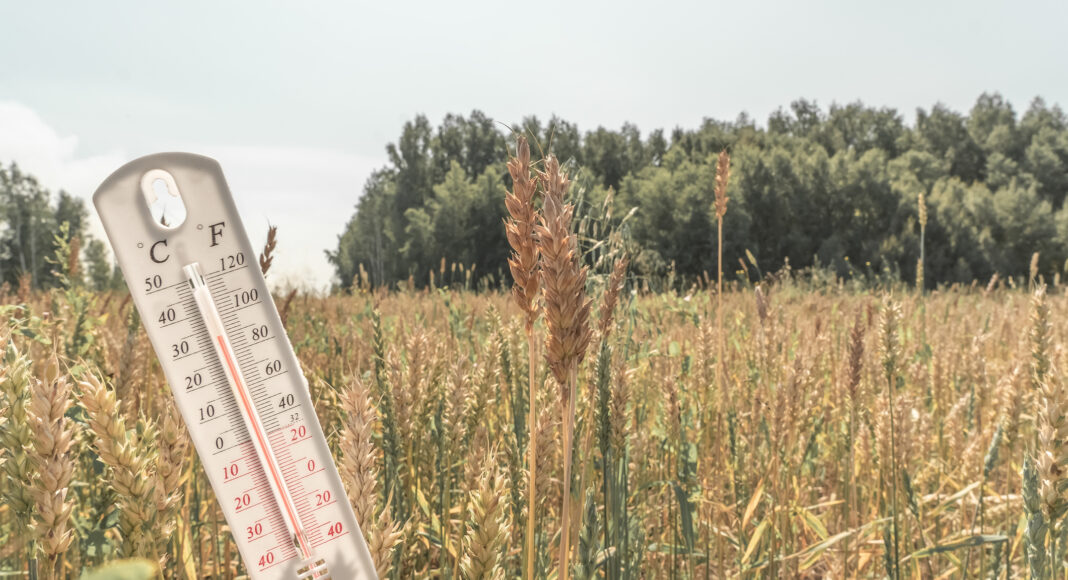Policies To Reduce GHG Emissions Should Look to Agricultural Carbon Markets
Author: Oranuch Wongpiya Bovorn, Alejandro Plastina, John Crespi
As governments and companies look for ways to reduce greenhouse gas emissions, agricultural sequestration offers one promising method to combat climate change. However, for an agricultural carbon market to thrive, it must overcome several obstacles, including transparency, measurement, and standardization. The recently signed Consolidated Appropriations Act of 2023 is a promising place to start, write Oranuch Wongpiyabovorn, Alejandro Plastina, and John Crespi. According to the World Bank, there are 70 carbon-pricing initiatives around the world, comprising 36 carbon taxes and 34 emissions trading systems (ETSs). These initiatives encompass nearly a quar of the globe’s total greenhouse gas (GHG) emissions or 11.9 gigatons of GHG’s carbon dioxide equivalent (CO2e), which converts greenhouse gasses into carbon dioxide based on their global-warming potential. As governments seek to devise new systems to reduce emissions, they should look to the potential of agriculture. Up to now, conversations about agriculture’s role in climate change have focused on its role as a contributor of GHGs. Indeed, agriculture contributes some 11% of all industrial CO2e emissions in the United States. Yet, as demand for carbon sequestration grows in both the public and private sectors, facilitated via carbon credits to trade negative CO2e emissions, agriculture is rightly being scrutinized for its potential role as a verifiable carbon credit source. No stranger to commodity trading or commodity certification, agriculture promises ready adoption of carbon-trading regimes and has the potential to be a carbon sink that mitigates not merely its own emissions, but to sequester emissions from carbon for other industries as well.

